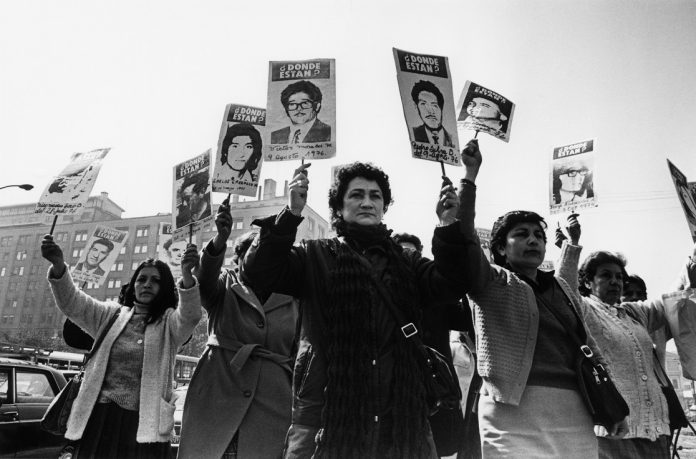
During this summer’s Committee for a Workers’ International (CWI) event in Berlin, we spoke to Hugo Rodríguez, a member of Socialismo Revolucionario (previously Workers’ Democracy), the Chilean section of the Committee for a Workers’ International (CWI) about the struggle against the Pinochet dictatorship which followed the 1973 coup, and his activities as a member of the CWI through that period. For more on Chile in 1973 and of what Hugo had to say, see socialistparty.org.uk and socialistworld.net
Can you give an overview of what brought you into political activity, and into the CWI, And at what stage of the revolutionary and counter-revolutionary events was this?
My introduction to politics was in the 1980s. I was young and my family was always sympathetic to Salvadore Allende. A friend who was the leader of my sports club invited me to participate. He said: “They’re rebuilding the Socialist Party, would you like to join?” We’re talking about the years when the government was a full dictatorship with secret police and the party was underground; the truth is it seemed like an adventure. Basically the first thing I thought was: ‘Oh, I’m going to be in dangerous things’. And I began to help with meetings with people who had been militants in the Socialist Party and rebuilding.
A year or so later, I met someone who belonged to Workers’ Democracy which was the original section of the CWI in Chile. We discussed and I read documents, and within a month I belonged to the CWI.
You came into political activity during the period of military dictatorship, what were the political tasks that you faced?
At that time the technology didn’t exist for the internet, for cell phones, neither did we have phones in our houses. The first task was basically to secure a place to meet. I started to help with branch meetings. One of the important things we did during that time was to create a youth group to do political activity, discuss politics, but because it was dangerous and the place that we found to meet was managed by people who belonged to the dictatorship. The place where we met was like a community centre with a stage and we pretended to meet for cultural reasons.
We also produced a newspaper. The truth is it was a very DIY newspaper, done by hand. We made the first ones without even a typewriter, but handwritten. We used a stencil.
Can you explain the main features of the struggle to end the dictatorship. How did the CWI organise and what were we calling for?
The first protests began in the early 1980s. The repression had kind of decreased, there were small opportunities, very small opportunities. But it began with the first call for national protests which arose from the copper industry workers. We as the CWI supported the protests with slogans like “No mas altas los precios de los alimentos” (“No to higher food prices”) and “Liberty”, “Democracy”.
It was a complicated year because people continued to die each time protests were called. We participated in the protests and mobilisations, but our emphasis was political education. Throughout the 80s, the class struggle was intensifying. By the late 80s, it was a massive movement.
A plebiscite was called to ask the people if we wanted eight more years of the Pinochet dictatorship or if we wanted elections to elect a new president. We called for a no vote and no campaign, saying that we do not want the dictatorship to continue. This campaign mobilised over a million people in Santiago.
We, the CWI, called for a no vote and for workers to defend the vote against the dictatorship in the streets, calling for strikes. After the plebiscite, the dictatorship continued along for two more years until the presidential elections when it was definitively ended.
After the dictatorship, we simply had an ‘elected’ president, from the Christian Democratic Party, but the dictator continued to have a position in Congress as a senator. The constitution of the dictatorship was left in place.






